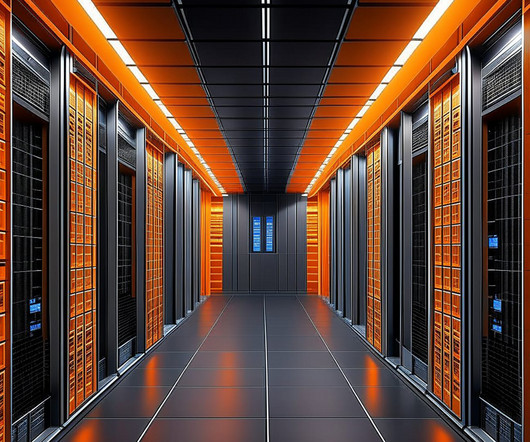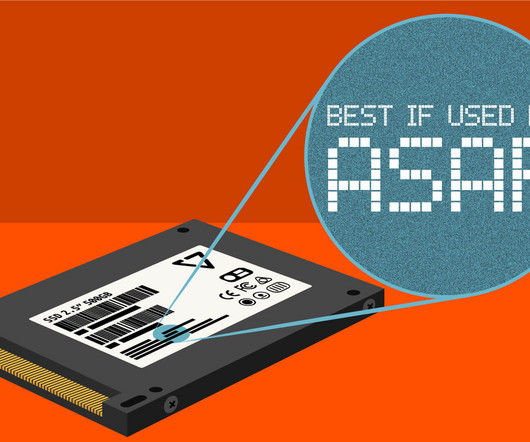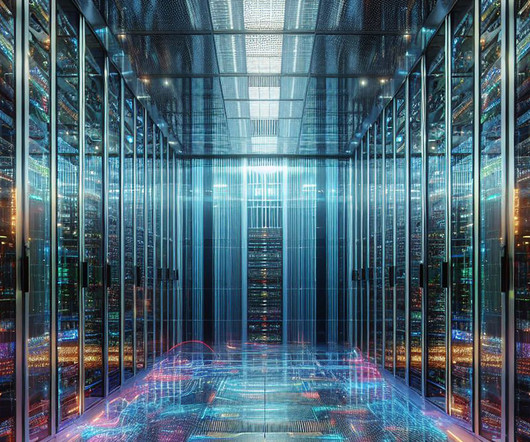The Data Center of the Future Is All-flash. Will the Last HDD Seller Please Turn Out the Lights?
Pure Storage
OCTOBER 19, 2023
by Pure Storage Blog By 2028, practically no new all-hard disk drive (HDD) storage systems will be sold for enterprise data center computing. Meanwhile, HDDs were largely relegated to secondary workloads, where factors like capacity and cost took precedence over speed. The Data Center of the Future Is All-flash.











Let's personalize your content